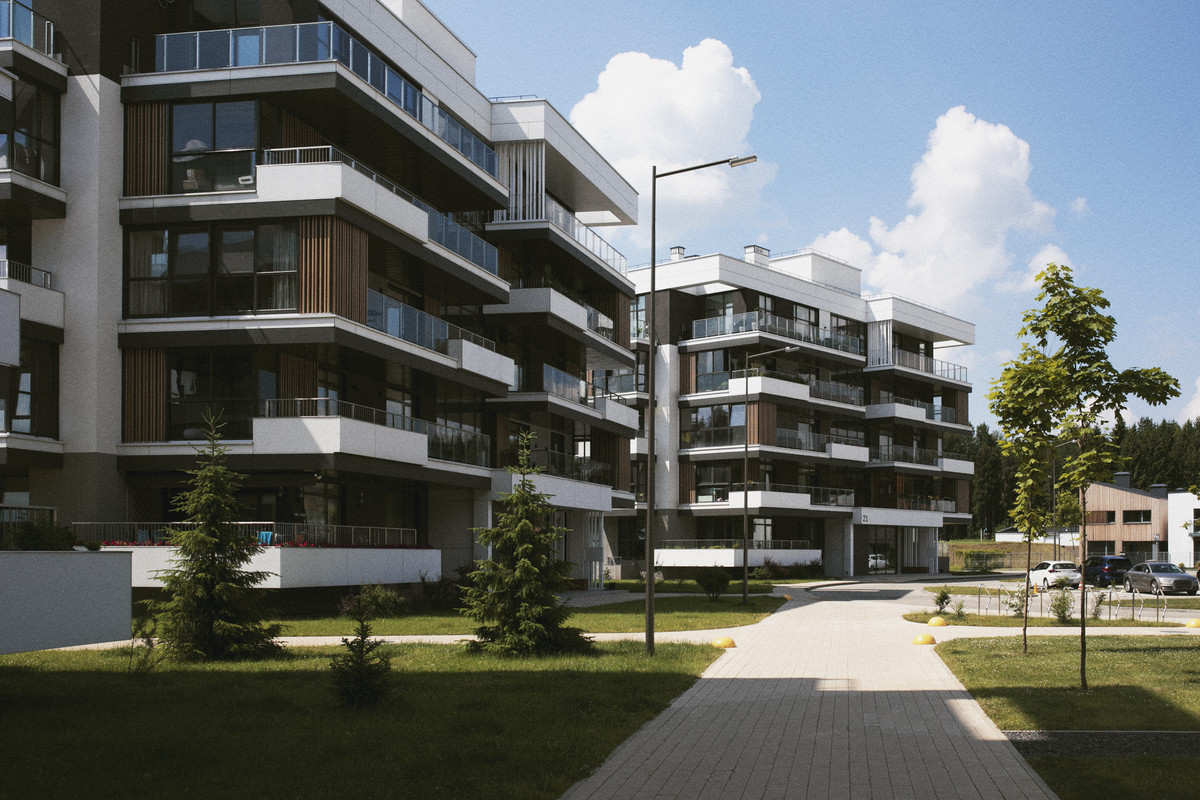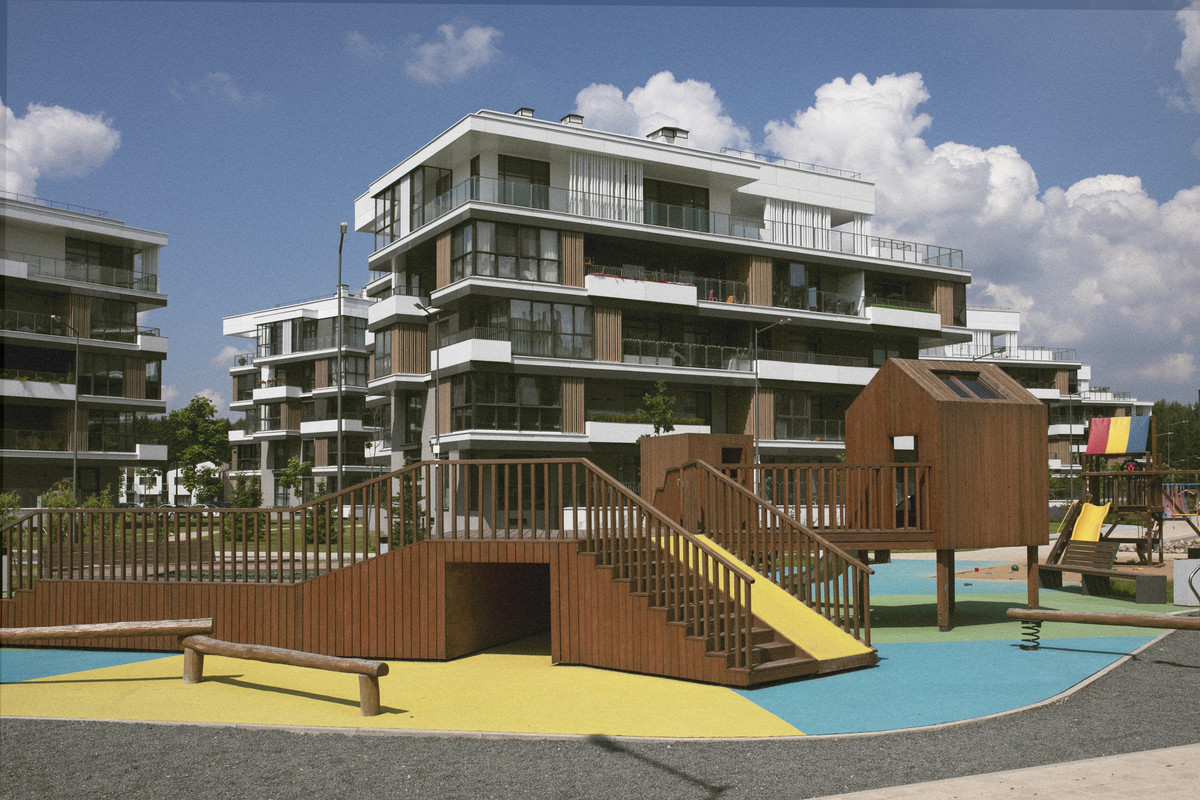As the world continues to grapple with the realities of climate change, sustainability has become a crucial aspect of modern residential design. The focus is shifting from traditional architectural practices to sustainable, eco-friendly designs that minimize environmental impact while providing aesthetically appealing and functional human habitats. This post delves into the evolving role of sustainability in modern residential design, highlighting various emerging trends and innovative practices employed by contemporary residential design firms.

The Evolution of Sustainability in Residential Design
Historically, traditional residential designs paid little attention to environmental sustainability. However, the advent of climate change has ushered in a dramatic and essential paradigm shift. The transition from traditional to eco-friendly residential designs has not only benefited the environment but has also redefined the way we envision and live in our homes.
Design principles such as energy efficiency, water conservation, waste reduction, integration of natural elements, and use of recycled and locally sourced materials have become an integral part of achieving sustainability. They are increasingly being incorporated into modern housing designs, creating homes that are not only visually pleasing but also environmentally responsible.
The Significance of Sustainable Residential Design
There is a growing necessity for sustainable practices in residential design as our conventional construction practices significantly contribute to environmental degradation. Architecture, unfortunately, is a resource-intensive industry, but with sustainable residential design, we can ameliorate its impacts.
Modern residential design firms are stepping up to tackle the crisis of climate change by embracing sustainable design practices and forging a path towards a more sustainable future. Firms like Perkins and Will, a global design firm, have made sustainability an essential element of their design ethos, using technology and advanced design principles to create residential spaces that coexist harmoniously with their natural surroundings.
Cutting-Edge Sustainable Design Strategies
There is a bevy of innovative and practical strategies being adopted by residential design firms today. These strategies include passive solar design to optimize warmth from the sun, green roofs to enhance insulation and biodiversity, and rainwater harvesting systems to conserve water.
Case studies such as the Bullitt Center in Seattle exemplify these strategies. Touted as the world's greenest commercial building, the Bullitt Center incorporates sunlight harvesting, rainwater collection, and composting toilets, showcasing how sustainable design strategies can be applied effectively and practically.

Imperatives of Sustainable Materials and Technologies
Eco-friendly building materials and green technologies are key to achieving sustainable residential designs. These materials, such as bamboo, recycled steel, or low VOC paint, have a smaller environmental footprint compared to conventional building materials. Furthermore, technologies like solar panels and energy-efficient appliances further reduce the environmental impact and long-term operating costs of homes.
Homes like the ZeroHouse, a self-sufficient, modular dwelling, demonstrate the effectiveness of sustainable materials and technologies. The ZeroHouse generates its electricity, collects and stores rainwater, and processes waste, all with minimal environmental impact.
The Economic and Social Impact of Sustainable Design
Sustainable residential design not only benefits the environment but also homeowners and society at large. Economically, homeowners can reap substantial savings on energy and water bills by adopting sustainable home technologies and practices.
From a social perspective, sustainable design enhances the health and well-being of occupants by improving indoor air quality and creating a more balanced, natural living environment. The American Institute of Architects has acknowledged these impacts, advocating for sustainable design as both an industry standard and a societal responsibility.
Challenges and Limitations in Sustainable Residential Design
Despite the many advantages of sustainable design, designers may face some challenges. These can range from the initial higher costs of green materials and technologies, limited access to sustainable resources in certain regions, and the need to navigate complex green building certifications.
Overcoming these challenges requires education, innovation, and collaboration. Designers, clients, and industry partners must work together to prioritize sustainability, explore new materials and technologies, and shape policy that supports a more sustainable built environment.
The Future of Sustainable Residential Design
The future of sustainable residential design is promising, with emerging trends pointing towards more environmentally conscious homes. As technology and design principles evolve, residential design firms will develop innovative strategies to decrease environmental impact and create healthier living spaces.
Sustainability will not be a choice but a necessity for future home designs. Residential design firms have the responsibility and opportunity to shape this future by creating homes that fuse beauty, functionality, and sustainability.
Conclusion
In conclusion, the shift toward sustainability in residential design is not just an environmental imperative but also a testament to innovative architectural prowess. It is about creating a healthier, balanced, and resilient living environment for us and future generations, further underscoring the necessity for a commitment to sustainability in residential design.




.png)


0 comments:
Post a Comment
Note: only a member of this blog may post a comment.